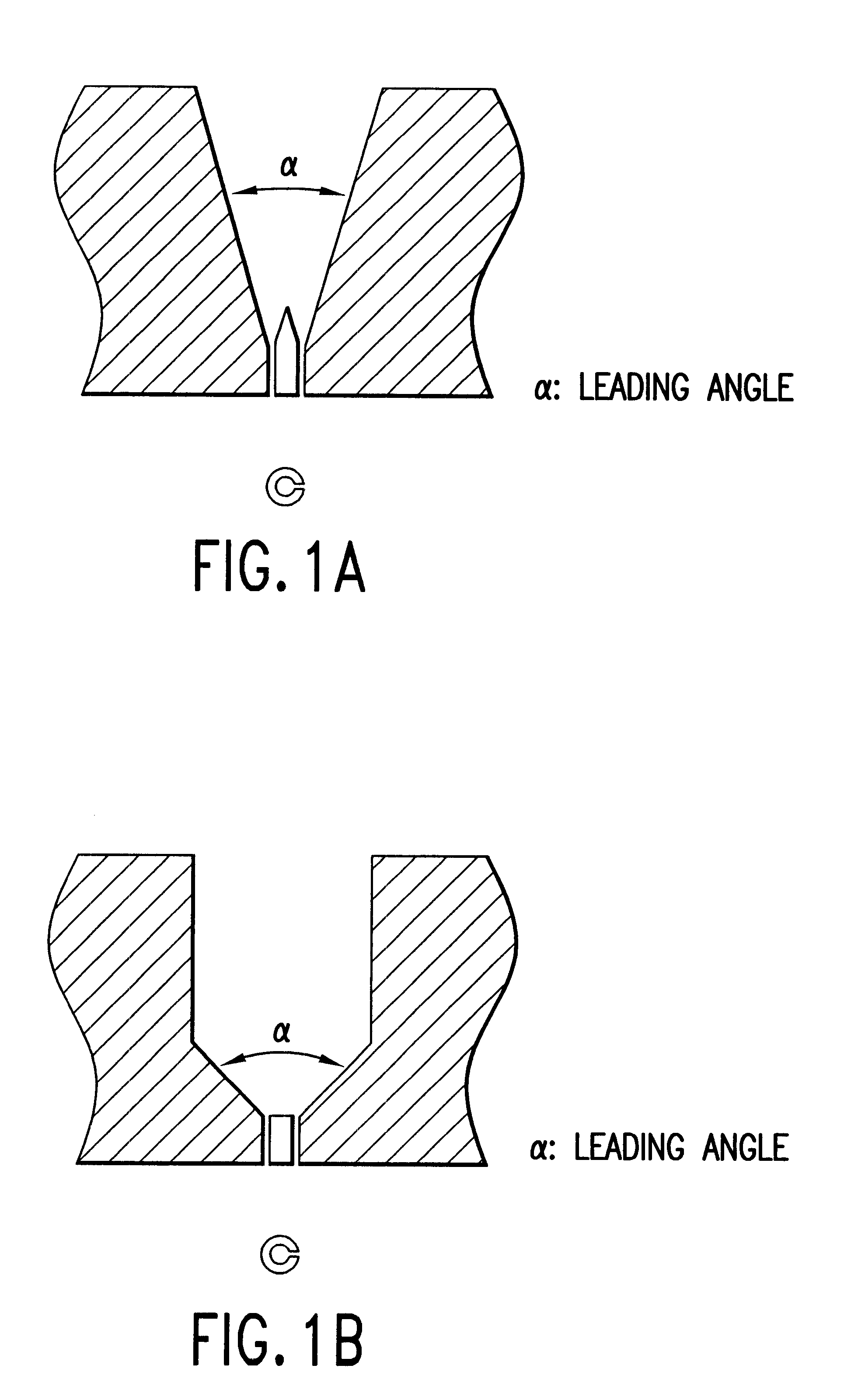Process for producing regenerated cellulosic fibers
a cellulosic fiber and regenerated technology, applied in the field of regenerated cellulosic fiber, can solve the problems of not reaching the level of satisfactory effects on a practical scale, no one has considered using cellulose materials for the purpose of contributing to the preservation of global environment, and no one has used cellulose materials containing hemicellulose and lignin in large quantities. , to achieve the effect of sufficient spin stretch ratio, deteriorating the drawability of spinning dope,
- Summary
- Abstract
- Description
- Claims
- Application Information
AI Technical Summary
Benefits of technology
Problems solved by technology
Method used
Image
Examples
example 2
Using the same materials and the same composition ratio of solvents as described above in Example 1, spinning was carried out at a speed of 200 m / min., for two cases where the content of the high molecular weight cellulose was 15% by weight or 100% by weight. The spinneret used in the spinning had a tapered approach hole and a straight orifice with a diameter of 0.13 mm and a L / D value of 2.0, in which the approach hole had an opening angle of 20 degrees at the entrance side and 10 degrees in the middle portion. The dope was extruded from the spinneret, and the dope filaments were perpendicularly blown for cooling by a quench air at 20.degree. C. with an air gap of 150 mm at a speed of 0.40 m / sec. The cooled filaments were introduced into a coagulation solution containing NMMO and water at a weight ratio of 20:80, and thereby coagulated before winding.
The resulting fibers were dried and then tested in the same manner as described in Example 1, and the results as shown in Table 2 wer...
example 3
As the cellulose material, kraft pulp was used, which had previously been obtained from the whole stem of kenaf. The cellulose material was dissolved in a mixture of NMMO and water at 110.degree. C. The composition ratio of the resulting dope was as follows: 18% by weight of cellulose, 73% by weight of NMMO, and 9% by weight of water. Using the dope, spinning was carried out in the same manner as described in Example 2. As the comparative example, lyocell fibers were used, which had been obtained in the same manner as above, except that wood pulp with a high a-cellulose content was used as the cellulose material. As shown in Table 3, high-quality fibers, although having a higher lignin content, were obtained in this working example and gave regenerated cellulosic fibers having just as satisfactory fiber properties as the lyocell fibers in the comparative example, and further having excellent dyeability as compared with the comparative example. Furthermore, these fibers had still mor...
example 4
Using pulp obtained by kraft treatment from the bast of kenaf as the high molecular weight cellulose and pulp obtained by kraft treatment from the core of kenaf as the low molecular weight cellulose, these cellulose materials were mixed at a ratio of 20:80 and then dissolved in a mixture of NMMO and water at 110.degree. C. under reduced pressure. The composition ratio of the resulting dope was as follows: 18% by weight of cellulose, 73% by weight of NMMO, and 9% by weight of water. The through-put rate and the spinning rate were set at 0.26 g / hole / min. and at 200 m / min., respectively The extruded filaments were introduced through an air gap into a coagulation bath. With the air gap, the dope filaments were perpendicularly blown for cooling by a quench air at 10.degree. C. at a speed of 0.50 m / sec. The filaments after coagulated in the coagulation bath at 10.degree. C. with a concentration of 20% by weight were washed with water and then wound up. The resulting fibers were dried and ...
PUM
| Property | Measurement | Unit |
|---|---|---|
| taper angle | aaaaa | aaaaa |
| temperature | aaaaa | aaaaa |
| spinning speed | aaaaa | aaaaa |
Abstract
Description
Claims
Application Information
 Login to View More
Login to View More - R&D
- Intellectual Property
- Life Sciences
- Materials
- Tech Scout
- Unparalleled Data Quality
- Higher Quality Content
- 60% Fewer Hallucinations
Browse by: Latest US Patents, China's latest patents, Technical Efficacy Thesaurus, Application Domain, Technology Topic, Popular Technical Reports.
© 2025 PatSnap. All rights reserved.Legal|Privacy policy|Modern Slavery Act Transparency Statement|Sitemap|About US| Contact US: help@patsnap.com



